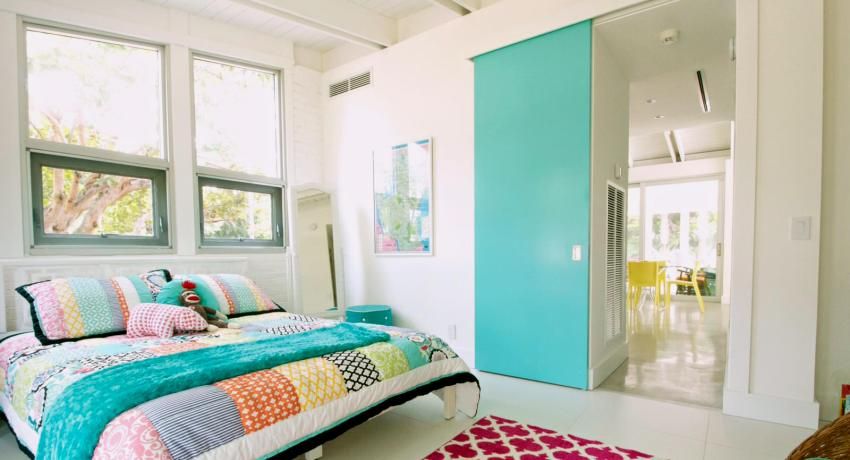To create an original interior, and in particular, a decorative wall covering, you can use a variety of different tools, among which is not the last place for a decorative roller for walls. This is one of the easiest ways to paint a wall without resorting to complex and expensive technologies. Consider what you should pay attention to in the process of choosing and using this tool.
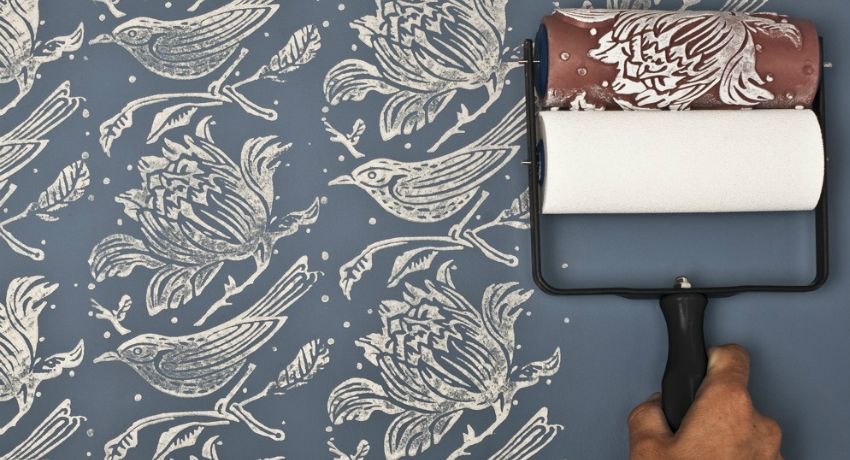
Decorative roller for walls: what it is and how it works
The main task of the roller is to give the wall or ceiling surface the desired color and texture. It can be used to work with absolutely any paint, although sometimes it is also used for plaster, thus giving it a certain texture. But before you buy a particular model, you should familiarize yourself with the general device of this tool.

Components of the paint or decorative roller:
- Byugel is a kind of bracket that serves as the base for the roller. Its curved shape allows the handle to be fixed on one side and the roller itself on the other, giving the structure integrity.
- The handle is the part that you will hold in your hand during the work. As a rule, plastic, wood or rubber are used to make it. For the convenience of working on it, special cavities are made that allow you to conveniently position your fingers and prevent slipping in your hand.
- The roller is the main part of the roller, which has a cylindrical shape and is put on the opposite side of the byugel from the handle. At the same time the roller rotates freely. As a material for manufacturing, metal or plastic is usually used.
- Fur coat – directly the part with which paint is applied. It is worn over the roller and it is most often made of foam rubber, fur or velor.
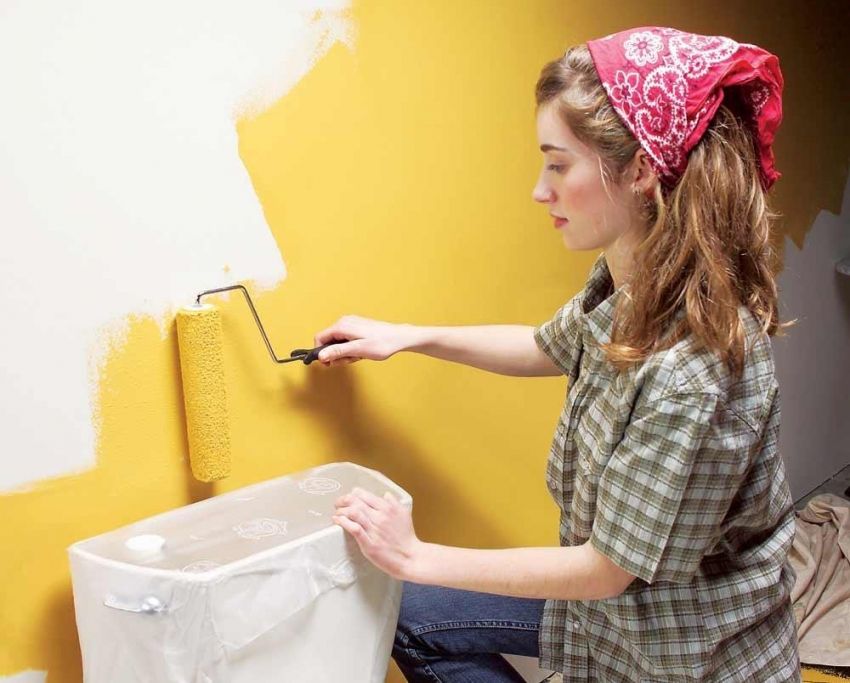
Such a simple, but at the same time thoughtful design, can significantly increase the performance and speed of dyeing, and also reduces paint consumption. In addition, in the process of work, drips and sprays are practically not formed, and the quality of painting the wall is many times higher than what can be achieved using an ordinary paint brush.
Important! Much depends on the quality of the purchased roller. But if earlier all products of this type were checked for compliance with GOST, then today you can find almost any model of quality. That is why in the selection process you need to be as attentive as possible and pay attention not only to the appearance of the tool, but also to the F-2 paint roller.
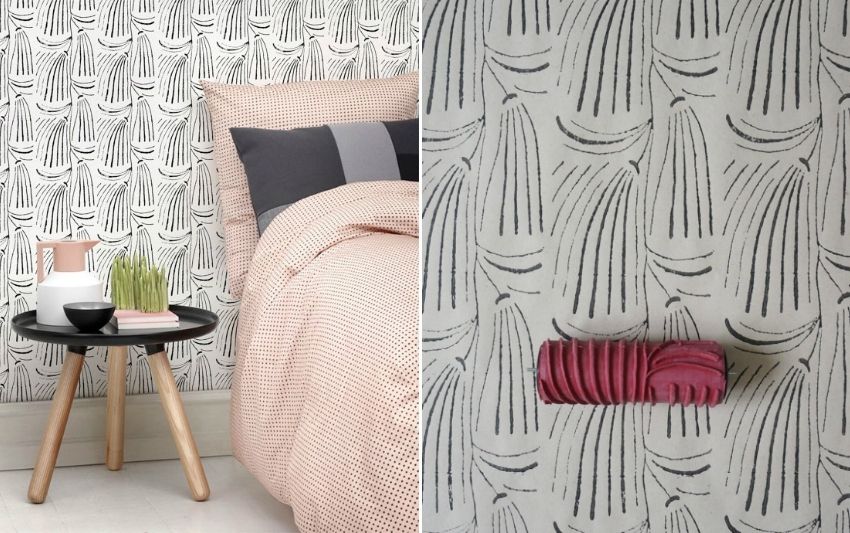
The purpose and size of the roller are characteristics that are directly related to each other, since the right choice depends on the convenience of operation in each specific case. For example, if it is necessary to paint a large flat surface, then it would be more reasonable to use a roller, the working part of which is as wide as possible. But to work with angles better fit a small tool. So, there are the following sizes of rollers for decorative painting walls:
- mini rollers. With their help, it is extremely convenient to work on small areas and with complex surfaces. The diameter of the roller in this case does not exceed 15 cm, and the width of the working surface is usually not more than 150 cm;
- MIDI rolls. This tool has a slightly larger working surface size (from 150 to 250 mm). The diameter of the roller can be from 50 to 90 mm. These rollers are considered versatile, as they are excellent for most jobs and are quite convenient to use. They are purchased more often than others;
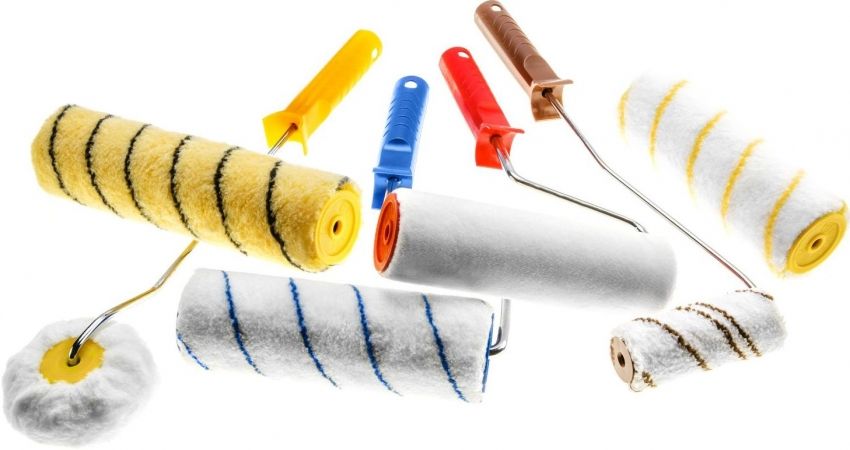
- front rollers. These are the largest and widest tools, whose working surface exceeds 250 mm. The diameter of the roller can be up to 80 mm. Such rollers are considered professional, and almost never used in everyday life. Moreover, in order to work with such a tool, it is necessary to have certain skills and some experience.
It is necessary to choose a roller by size, taking into account the individual capabilities and experience of the master, as well as the peculiarities of the surface with which to work. At the same time, the midi-roller is almost always great and copes with all the tasks without any problems.
Helpful advice! The larger the working surface of the roller, the more paint it is able to absorb. Therefore, you should not choose too large models, as in the process of work there may be some difficulties, and you will get tired quickly.

The coat is perhaps the most important criterion for choosing a roller for painting walls and ceilings. After all, the final result and the appearance of the surface depend on this. Therefore it is worth considering what are the coats of rollers:
- Rubber rollers are made from soft or hard rubber. Often, these tools have a pronounced texture and are used to give the plaster relief, as well as for drawing a pattern on a wallpaper or a painted surface.
- polyamide – made of synthetic fiber, which is characterized by extremely high wear resistance. At the same time on sale you can find options with different length of the pile, which can be from 8 to 20 mm. These rollers are ideal for working with water-dispersion paints;
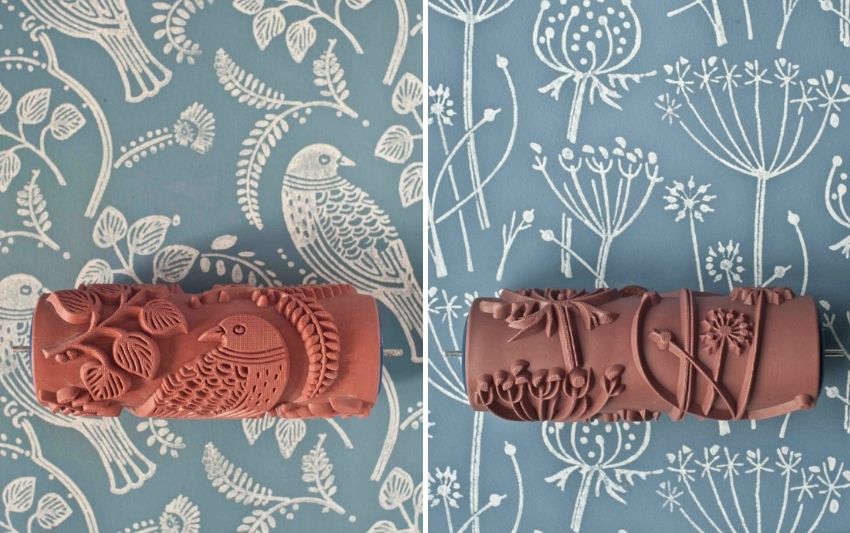
- natural fur coat, which is most often the sheepskin. This option is also ideal for working with water dispersion paint, as well as with oil and various lacquer formulations. Obviously, the price of the paint roller with such a fur coat will be higher than all the others;
- Velor roller is usually used in case you need to apply a finishing coat. Alkyd enamels and oil paints are best suited for this purpose;
- polyacrylic paint roller is similar to polyamide paint roller. It is characterized by high resistance to aggressive components of the composition, and therefore suitable for working with any paint;
- foam rubber is another material widely used for the manufacture of rollers. But in the process of working with him, you need to be careful, and among all the compositions, it is suitable only for water-dispersion paints. In the process of painting the surface should not exert too much pressure, as this may cause the appearance of stains. But then, the speed of work with such models is several times higher than all other options;
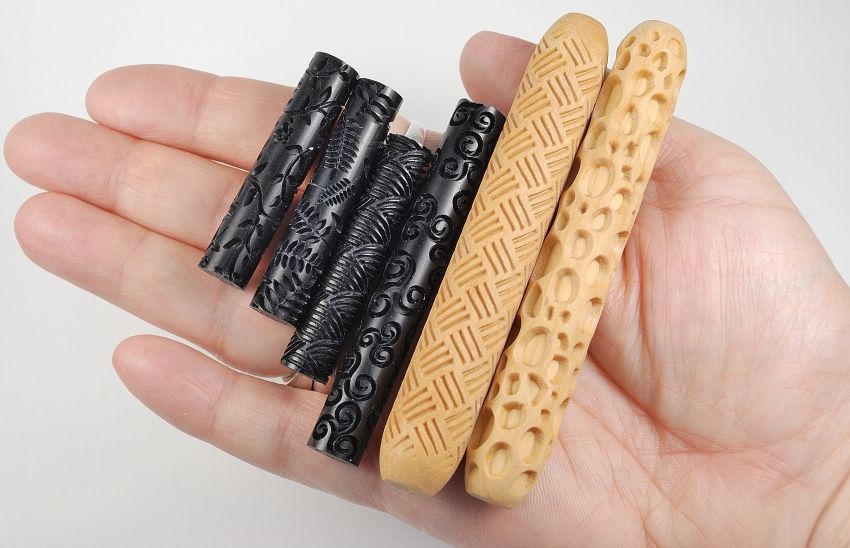
- Terry rollers are made from polyester, which is the cheapest raw material. The price of the paint roller for a piece in this case can be from 60 rubles, but it is not necessary to count on a long service life of such a tool. Therefore, usually these rollers are used once or twice to work with water-dispersion or acrylic paint, and then simply thrown out;
- Short shaggy or flocked roller – the best option if you have to work with waterborne varnish. But you need to know in advance that such rollers are strictly forbidden to use for working with water-based paint.
Each type has its own advantages and disadvantages, so before you buy a roller for decorative plaster or paint the walls, you must take into account the features of each model.

Helpful advice! Nevertheless, the most durable and reliable can be called synthetic fur coats, that is, polyamide and polyacrylic, since they are characterized by the highest resistance to aggressive substances.
In addition to the standard rollers, the types and characteristics of which have been listed, there are several other unusual types, which are used only in special cases. So, there are such types:
- corner rollers. This device is a small wheel, the working part of which is rather narrow. Usually polyamide, polyacryl or velor is used as material. This simple device allows you to accurately paint even the most hard-to-reach places that you simply cannot reach with an ordinary roller;
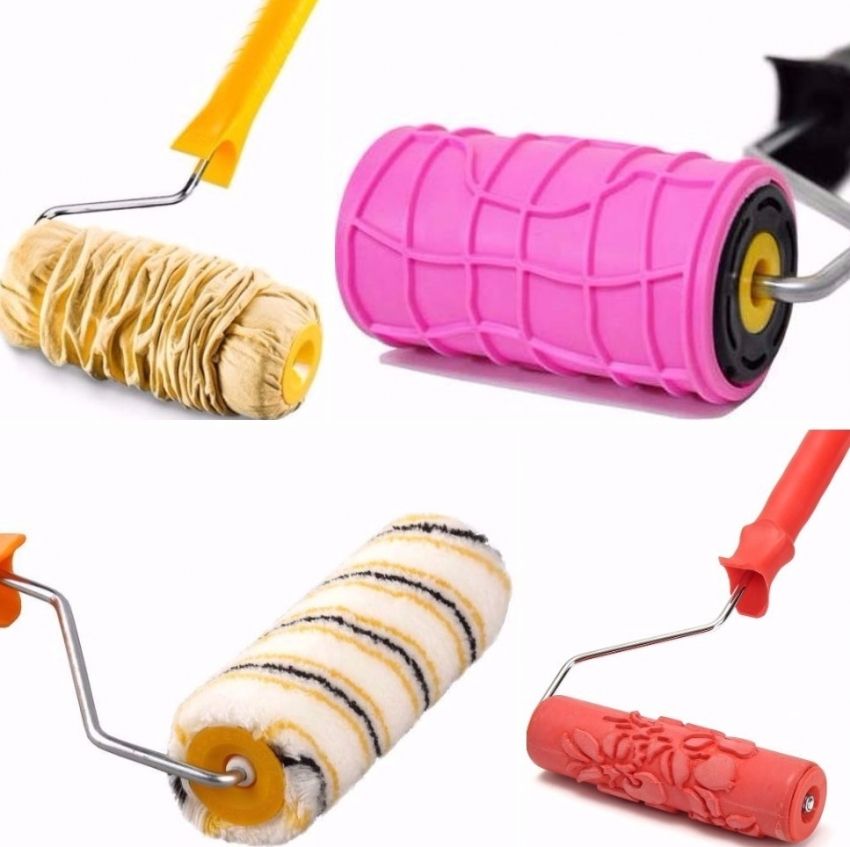
- needle rollers. In this case, the working surface of the product is covered with rubberized spikes, designed to eliminate air bubbles, which often remain between several layers of paint. Most often, this tool is needed when working with viscous paints;
- structural rollers for decorative plaster or paint. The variety of such models is really great, and thanks to such an instrument, a variety of effects can be created on the surface;
- rollers for pipes. Most of all they resemble large scissors, since the byugel is equipped with two twisting needles, on which two rollers are attached. The size of the tool is selected in accordance with the diameter of the painted pipe.
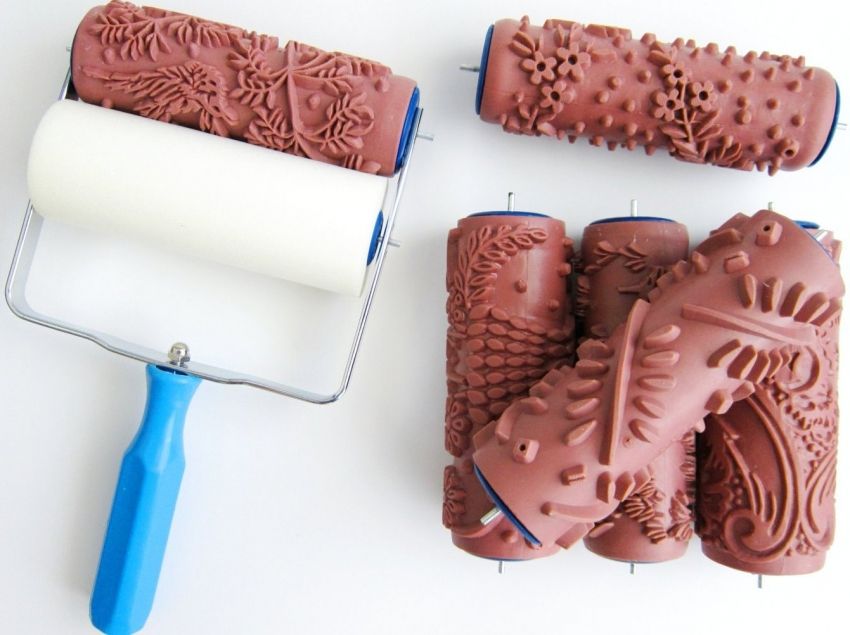
Textured roller for decorative plaster or painting the surface of the wall – a special kind of tool, which is represented by a wide variety. You can buy it in finished form or make it yourself, using the old roller and the materials at hand as a basis.
Otherwise, you can make a choice based on the standard types and sizes of paint rollers, using all the same guidelines as when choosing a tool for painting wall surfaces.
You can find out all the subtleties of painting the ceiling with a roller by watching the corresponding video, which clearly demonstrates each stage of work.

